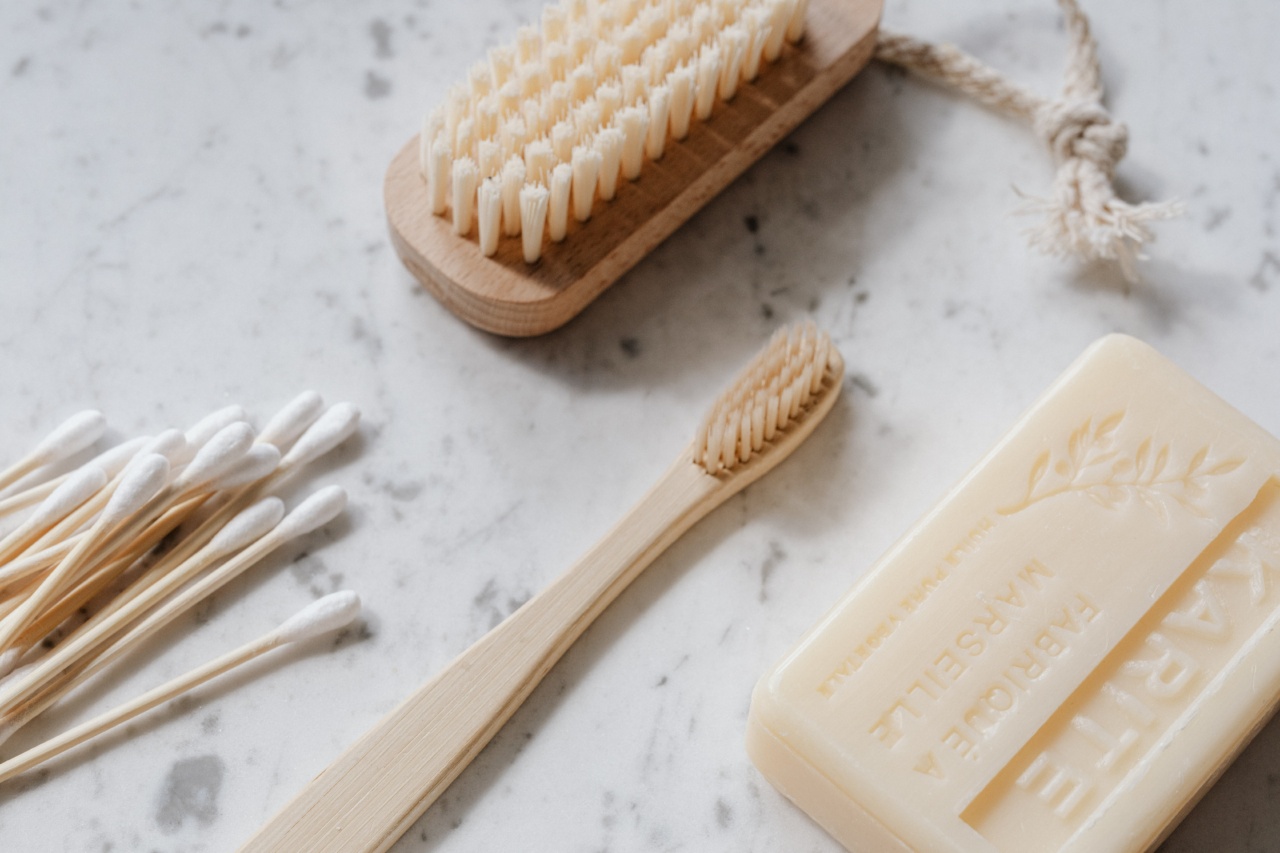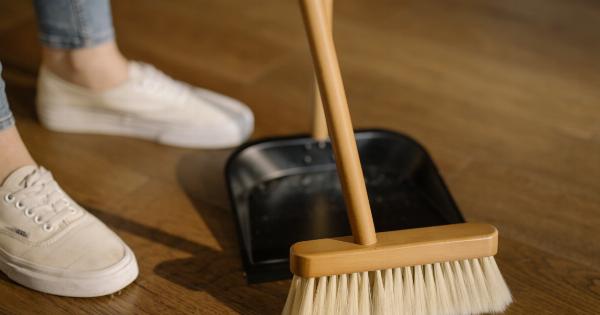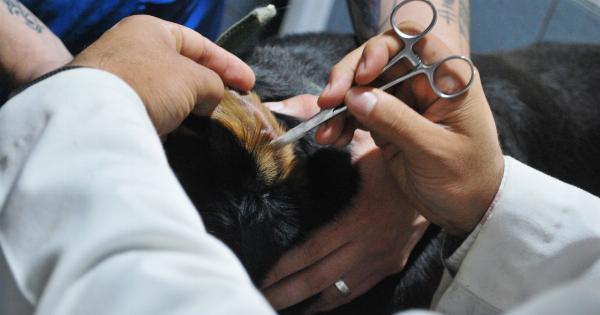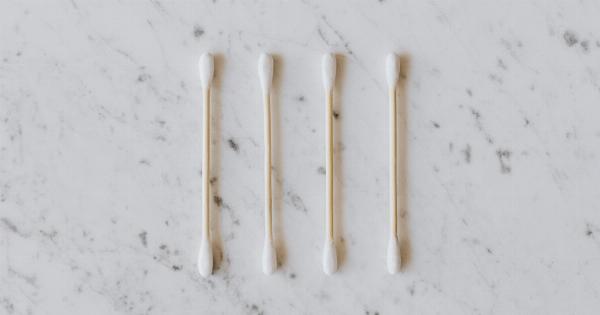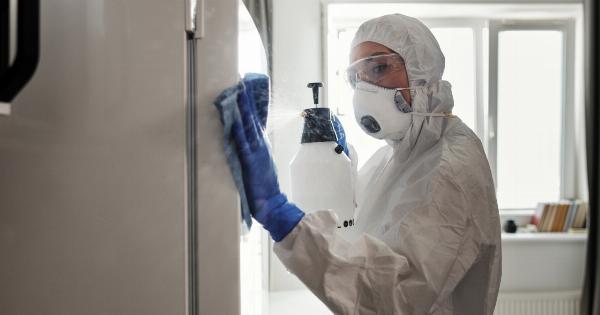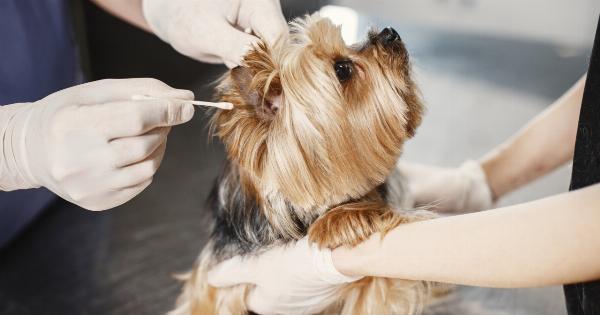Proper ear hygiene is essential to maintain good ear health. While many people resort to using cotton swabs to clean their ears, this method can actually do more harm than good.
Cotton swabs can push wax further into the ear canal, leading to blockages and potential injury. Fortunately, there are alternative ways to clean your ears that are safe and effective. In this article, we will explore three such methods that you can try at home.
1. Warm Water Rinse
A warm water rinse is a gentle and effective way to remove excess wax and debris from your ears. Here’s how you can do it:.
- Fill a clean, bulb syringe with lukewarm water.
- Tilt your head to the side, allowing your affected ear to face upwards.
- Gently squeeze the bulb syringe to release a small stream of water into your ear canal.
- Let the water sit in your ear for a few seconds to loosen the wax.
- Tilt your head in the opposite direction to allow the water to drain out of your ear.
- Repeat the process with the other ear if necessary.
It’s important to ensure that the water you use is lukewarm, as hot water can be damaging to the delicate structures of the ear. Additionally, do not force the stream of water into your ear, as this can cause injury.
If you experience any pain or discomfort during the process, stop immediately and consult a healthcare professional.
2. Olive Oil Drops
Olive oil is a natural and safe remedy for softening earwax, making it easier to remove. Follow these steps to use olive oil drops:.
- Warm the olive oil slightly by placing the bottle in a bowl of warm water.
- Lie down on your side with the affected ear facing upwards.
- Using a dropper, place a few drops of warm olive oil into your ear canal.
- Remain in this position for around 10 minutes to allow the oil to penetrate and soften the wax.
- Sit up and tilt your head to the side, allowing the oil to flow out of your ear.
- Gently wipe away any excess oil with a clean cloth.
It is recommended to perform this procedure before going to bed, as it allows the oil to work overnight. Avoid using olive oil drops if you have a perforated eardrum or if you are uncertain about an ear infection.
If you experience any adverse effects or worsening symptoms, seek medical advice.
3. Over-the-Counter Ear Cleaning Kits
Over-the-counter ear cleaning kits can provide a safe and convenient option for cleaning your ears at home. These kits typically include a wax-softening solution and a bulb syringe or ear irrigator.
Here’s how you can use an over-the-counter ear cleaning kit:.
- Follow the instructions provided with the kit to prepare the wax-softening solution.
- Fill the bulb syringe or ear irrigator with the solution.
- Tilt your head to the side with the affected ear facing upwards.
- Gently squeeze the bulb syringe or ear irrigator to release the solution into your ear canal.
- Allow the solution to sit in your ear for the recommended duration specified in the kit instructions.
- Tilt your head in the opposite direction to let the solution drain out of your ear.
- Clean the bulb syringe or ear irrigator thoroughly after each use to maintain hygiene.
It’s essential to carefully read and follow the instructions provided with the ear cleaning kit to ensure safe and effective usage. If you have any concerns or questions, consult a healthcare professional before using these products.
Conclusion
Proper ear hygiene is crucial for maintaining good ear health. Avoid using cotton swabs to clean your ears, as they can cause more harm than good.
Instead, consider trying safe alternatives such as warm water rinses, olive oil drops, or over-the-counter ear cleaning kits. These methods are effective in removing excess wax and debris without risking injury to your ears.
However, it is important to exercise caution and seek medical advice if you experience any pain, discomfort, or any other concerning symptoms related to your ears. Take care of your ears and prioritize their health for optimal well-being.
